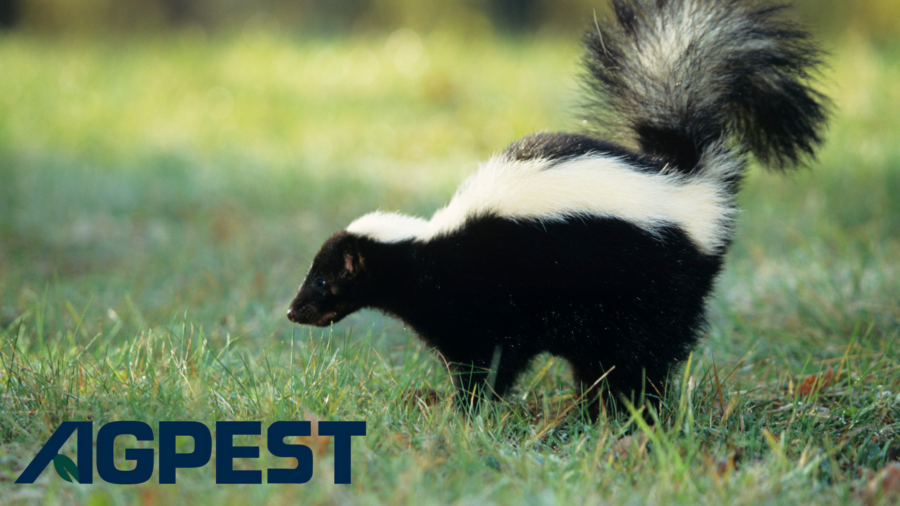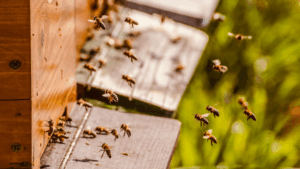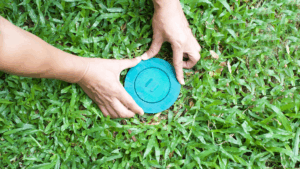Fall in Southern California brings cooler weather, colorful foliage, and an array of wildlife activity. While the change in seasons is lovely, it also marks a time when certain critters become more active and potentially problematic for homeowners. Skunks, raccoons, and opossums are among the common fall wildlife you might encounter in the region. In this blog post, we’ll discuss how to identify these creatures, the hazards they pose to humans and structures, and offer tips for preventing and controlling them.
Identifying Common Fall Wildlife:
- Skunks (Mephitis mephitis):
- Skunks are small mammals known for their distinctive black and white stripes.
- They have bushy tails and are about the size of a house cat.
- You can often smell their strong, musky odor if they’re nearby.
- Raccoons (Procyon lotor):
- Raccoons are medium-sized animals with gray fur, a mask-like pattern around their eyes, and a ringed tail.
- They are known for their dexterous front paws and sharp claws.
- Opossums (Didelphis virginiana):
- Opossums are marsupials with grayish fur and long, hairless tails.
- They have distinctive, rat-like faces and opposable thumbs on their hind feet.
Hazards Posed by Fall Wildlife:
While these creatures may seem cute, they can become a nuisance and pose several hazards to both humans and structures:
- Damage to Property: Wildlife can dig up lawns, damage gardens, and create burrows under structures like sheds and decks.
- Carriers of Disease: Skunks, raccoons, and opossums can carry diseases like rabies, distemper, and leptospirosis, which can be transmitted to humans and pets through bites or contact with their droppings.
- Home Invasion: Raccoons are skilled climbers and can find their way into attics, chimneys, or crawl spaces in search of shelter.
Tips for Preventing and Controlling Fall Wildlife:
- Secure Trash Bins: Use tight-fitting lids on trash cans to prevent wildlife from rummaging through your garbage.
- Remove Food Sources: Keep pet food indoors, clean up fallen fruit from trees, and avoid leaving birdseed out overnight.
- Seal Entry Points: Block potential entry points to your home, such as gaps in the roof or foundation.
- Professional Wildlife Control: If you suspect a wildlife infestation, contact a licensed wildlife control company for safe and humane removal. They can perform animal trapping and relocation when necessary.
- Regular Inspections: Schedule regular inspections of your property to identify signs of wildlife activity before it becomes a problem.
Request a Free Wildlife Control Quote:
Dealing with fall wildlife can be challenging, but with the right knowledge and professional assistance, you can protect your property and loved ones. If you’re facing issues with skunks, raccoons, or opossums on your property, don’t hesitate to contact a pest control company for a free wildlife control quote. Our experienced team specializes in animal trapping and control to ensure a safe and pest-free environment for your home.
In conclusion, fall wildlife in Southern California can be fascinating to observe but can also bring unwanted problems. By taking preventive measures and seeking professional assistance when needed, you can coexist peacefully with these creatures while safeguarding your property and health. Contact us today for a free wildlife control quote and enjoy a worry-free fall season!



